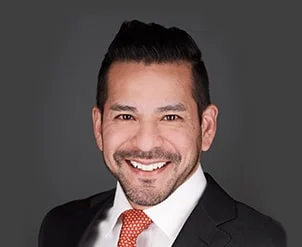Bankruptcy Filing Rates Continue Increasing
Illinois is the fifth most bankrupt state in the country, according to the American Bankruptcy Institute.
For the first time since 2010, the bankruptcy filing rate edged up in two consecutive months, as a 5 percent January 2017 increase followed a similar increase in December 2016. However, the per capita filing rate actually decreased, from 2.48 per 1,000 people to 2.13. Nevertheless, ABI Executive Director Samuel Gerdano said the higher overall filing rate marked the beginning of a trend fueled by higher interest rates that make it harder for people to borrow money. If current economic trends continue, “more debt-burdened consumers and businesses may seek the financial shelter of bankruptcy,” he predicted.
Alabama, Tennessee, Georgia, and Arkansas were the only states with higher per capita filing rates than Illinois’ 3.41.
Why People File Bankruptcy
Rising interest rates and a persistent wage gap are essentially the one-two punch combination that drives many families into bankruptcy. For almost the first time since the end of the Great Recession, just as many households are recovering, both interest rates and inflation are on the rise; meanwhile, wage growth is nowhere near as significant as it was in the go-go 1990s and early 2000s.
When interest rates were low, the wage-price gap was not that big of a deal, because families could use credit to take care of any sudden cash emergencies. But with loans now either harder to get or entirely unavailable, borrowing money is either not as good as an option as it was before or not on an option at all.
With limited access to credit and little savings (the average family does not have the cash to cover a $400 emergency expense), there are no resources to cope with sudden expenses related to:
- – Job Loss: With many households existing hand-to-mouth, even a month or two of no income creates a snowball effect, as the late payments (especially on unsecured debts) quickly pile up.
- – Medical Bills: Estimates vary, but there is little doubt that many people have medical bills that they can barely afford to pay.
- – Divorce: Thousands of dollars in lawyers’ fees, along with family support payments and/or the loss of income, is a tremendous financial shock.
These events, and others like them, can happen to anyone at any time with little or no warning, and usually involve no fault on the part of the debtor.
Bankruptcy is a viable alternative in these situations. The automatic stay prohibits moneylenders from pursuing any adverse action against debtors, from annoying phone calls to foreclosure. Chapter 7 eliminates most unsecured debts in only a few months, while Chapter 13 gives families up to five years to catch up on past-due secured debts. Either way, when the case is discharged, the debtors have fresh financial starts.
Reach Out to Experienced Lawyers
Student loans are dischargeable in bankruptcy in limited circumstances. For a free consultation with an experienced bankruptcy lawyer in Chicago, contact the Bentz Holguin Law Firm, LLC. We routinely handle cases in both Illinois and Indiana.
Resources:
acainternational.org/news/bankruptcy-filings-increase-year-over-year
federalreserve.gov/econresdata/2014-report-economic-well-being-us-households-201505.pdf
stlouisfed.org/on-the-economy/2015/november/relationship-between-wage-growth-inflation


